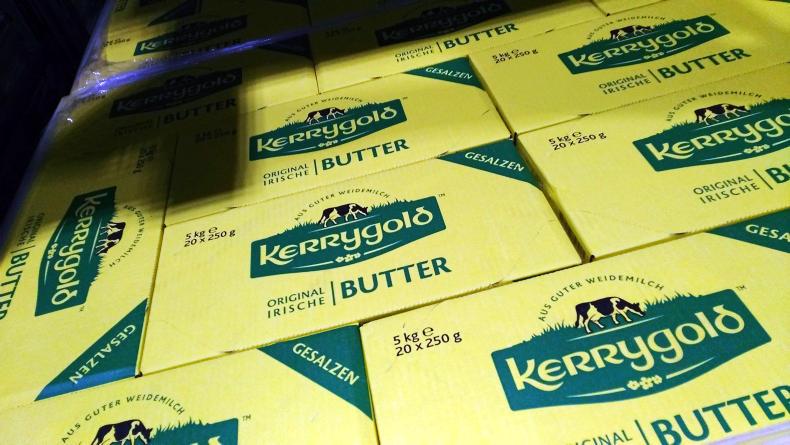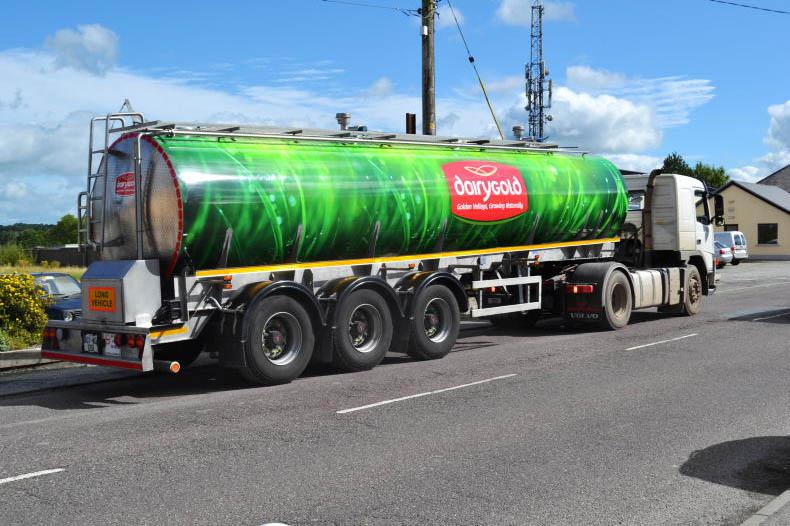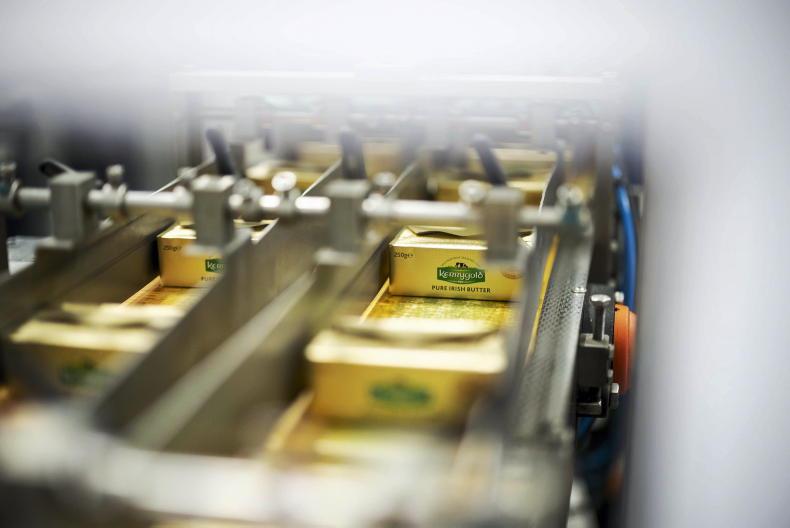The real story of Europe’s dairy market over the last two years has been butter.
Driven by strong demand and tight supplies, butter prices have shown phenomenal volatility throughout 2017 and 2018 and moved into a new price range where €4,500/t to €5,500/t seemed to be the new normal.
Prior to this, anywhere around €2,800/t to €3,300/t was generally considered the normal price range for butter.
This significant shift in the pricing dynamics of butter in Europe has undoubtedly supported farmgate milk prices over the last two years.
As the CEO of one Irish dairy processor commented last year, butter is “THE” milk price right now.
Spot prices
This week, spot prices for butter across Europe are trading anywhere from €4,400/t to highs of €4,800/t, depending on where the product is sourced.
Butter prices peaked this year above €6,200/t in June, but have been steadily retreating since then.
While farmers have reaped the benefits of the rising butter markets, the spike in prices has caused havoc further up the food processing chain.
Consumer food companies, such as frozen bakery giant Aryzta, have really struggled with the new-found volatility in butter pricing.
Price inflation
This is equally true at retail level, where supermarket giants have been resistant to passing on the massive inflation in butter commodity prices to retail customers given the highly competitive nature of grocery markets in Ireland, the UK and further afield.
However, butter prices have risen on supermarket shelves, as buyers have been forced to pass on the significant inflation in butter commodity pricing to the end consumer. The indications so far are that this has negatively impacted demand.
It’s important to note that over-inflated butter markets could have a negative long-term impact
In Germany, which is Ireland’s largest export market for butter and critical to the Irish dairy industry in terms of the sheer volume of product it consumes every year, retail sales of butter are down 8% so far in 2018.
This is on top of the 9% decline in German retail demand for butter seen in 2017, when butter prices soared to unprecedented levels above €7,000/t at one point.
While Irish dairy farmers have seen some short-term gains from high butter prices in terms of their monthly milk cheque, it’s important to note that over-inflated butter markets could have a negative long-term impact.
German shoppers are careful and sensitive to price movements, which is clearly reflected in the 17% decline in retail demand for butter over 2017 and 2018.
If the recent volatility in prices continues to be a characteristic of Europe’s butter market, the potential to negatively impact consumption in Ireland’s most important export market for butter is very real.










SHARING OPTIONS